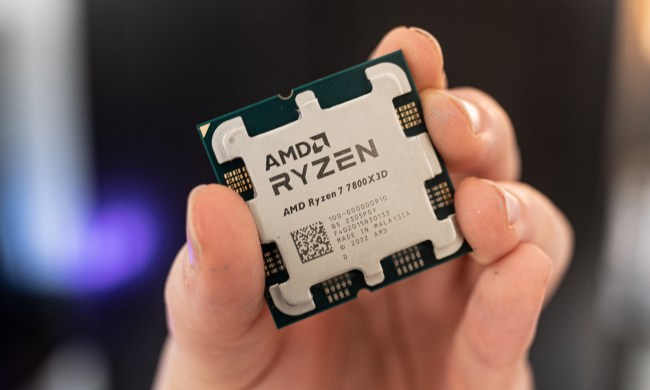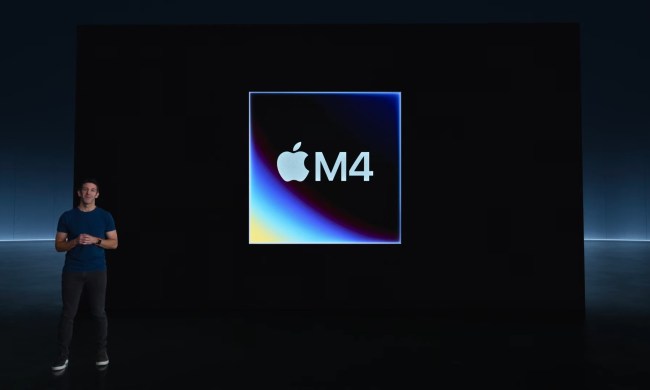Back in December, Microsoft and NASA revealed they would be collaborating on a side project devised with the intent of sending HoloLens to the International Space Station. Now that idea has made its way to fruition, according to WinBeta, which spotted and reported on the above video earlier today.
Dubbed Project Sidekick, the intent of the undertaking was to “make the lives of astronauts easier and safer by reducing the risk of human error when dealing with sensitive depression,” WinBeta reports.
Apparently, it accomplishes this by introducing two distinct modes to the mixed-reality headset: Remote Expert Mode, which allows astronauts to get advice from an expert over Skype; and Procedure Mode, which projects a holographic overlay interface to “make instructions crystal clear” for astronauts dealing with “sensitive equipment.”
NASA had been testing HoloLens in its NEEMO underwater habitat since July 2015 in preparation for sending it to an actual space station due to its similarities. In June, however, two HoloLens units were destroyed in a SpaceX incident, which apparently caused for some delay in Project Sidekick.
As depicted in the video, it’s clear why the applications in question could be substantially helpful tools for astronauts seeking assistance. There’s footage of an expert plotting out some instructions on a Surface tablet, an astronaut using it as some sort of 3D-camera utility, and even some positive remarks from a NASA representative towards the end:
“We messed around with it for like two hours and immediately I said, ‘This is a capability we could use right now.'”
Overall, this collaboration appears to be a brilliant way for Microsoft to market HoloLens’ suitability as a productivity device in addition to providing NASA with some handy tools to improve its research. Clearly, it’s a win-win.
Unfortunately, HoloLens could come as a tough sell to your average consumer. After revealing the $3,000 price tag attached to its developer kits last month, it’s still uncertain who the HoloLens is being made for.
Is it exclusively for weighty organizations like NASA or is there a more approachable audience in mind? Rest assured, we’ll find out soon enough.


